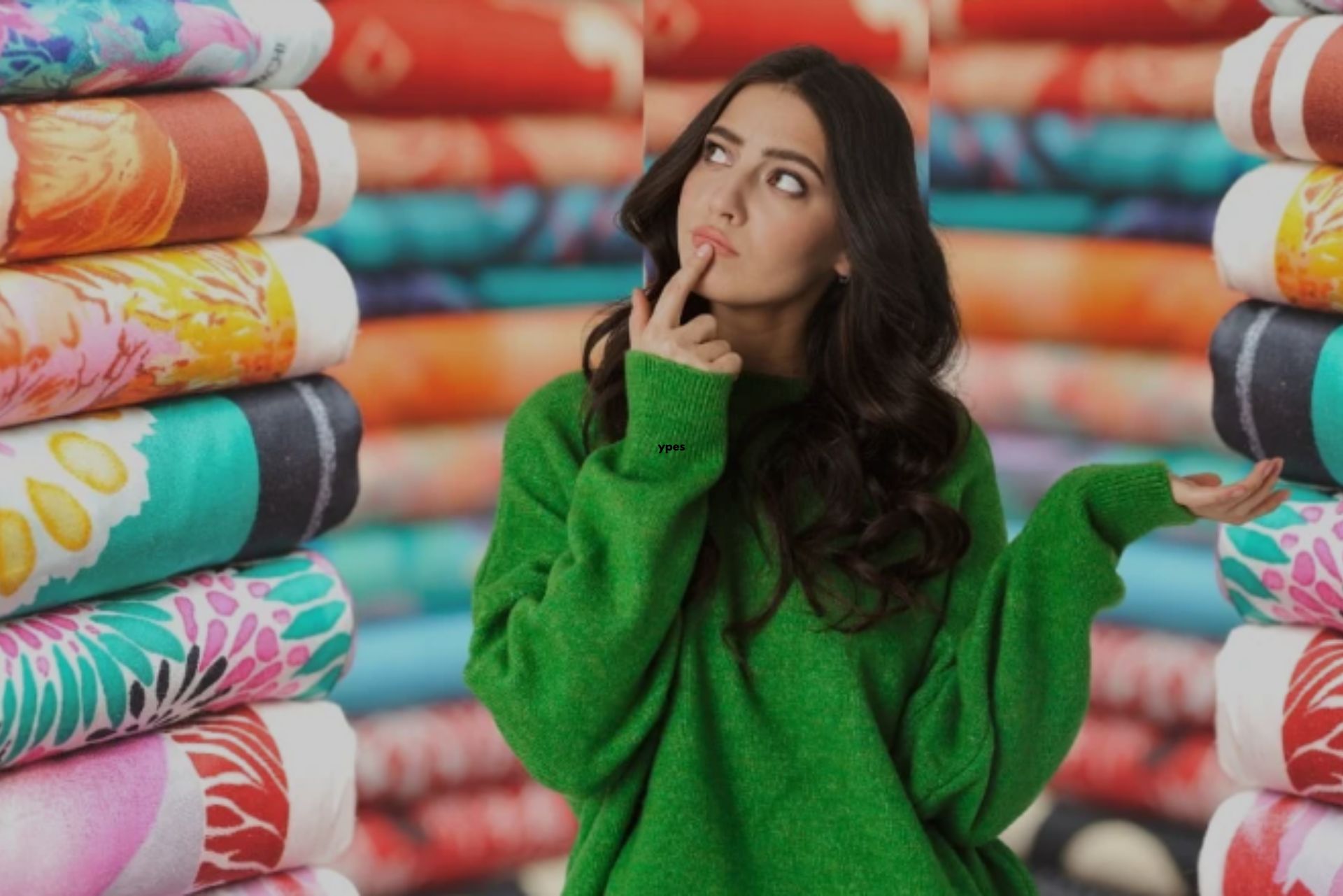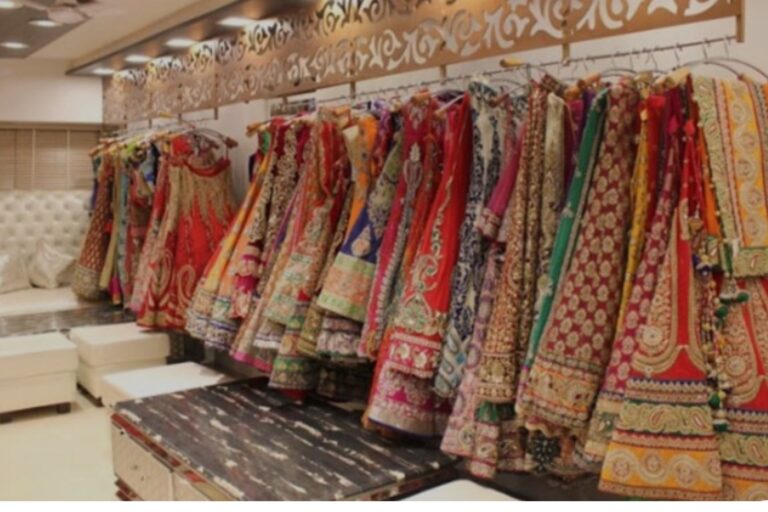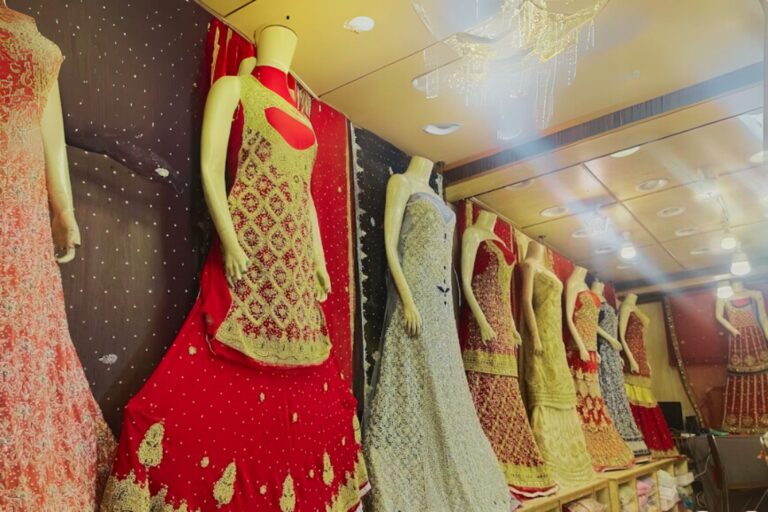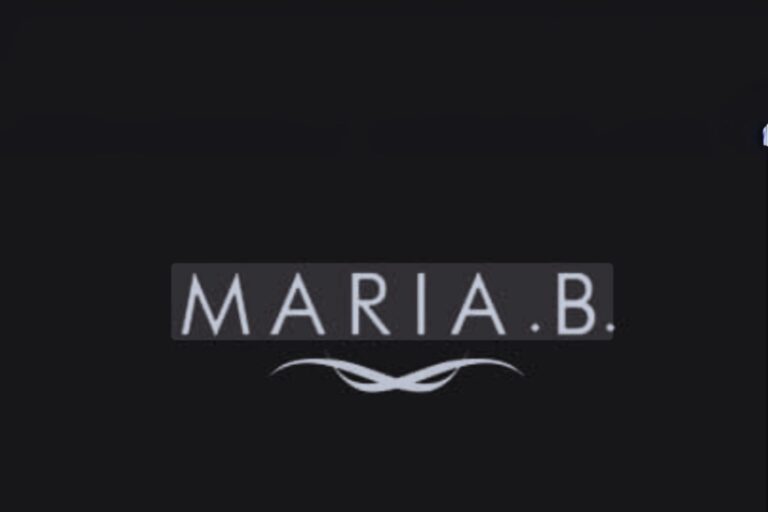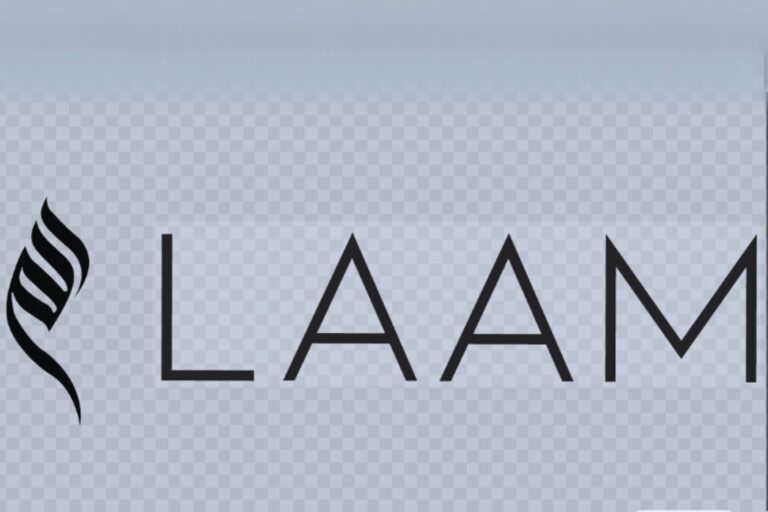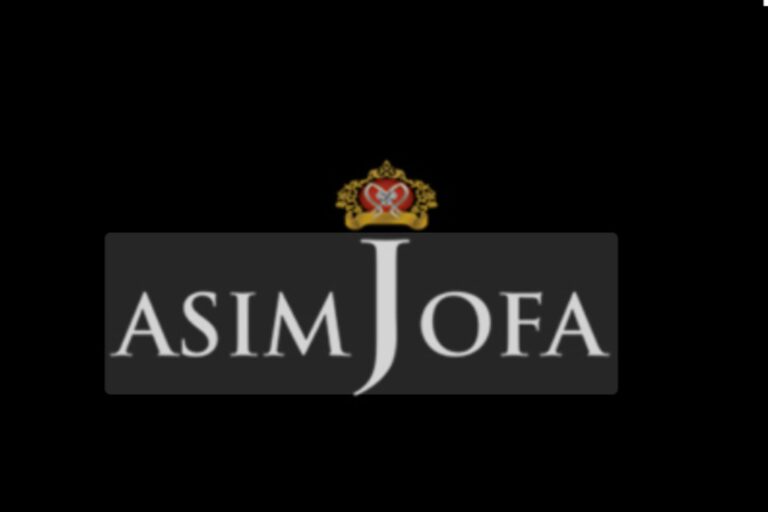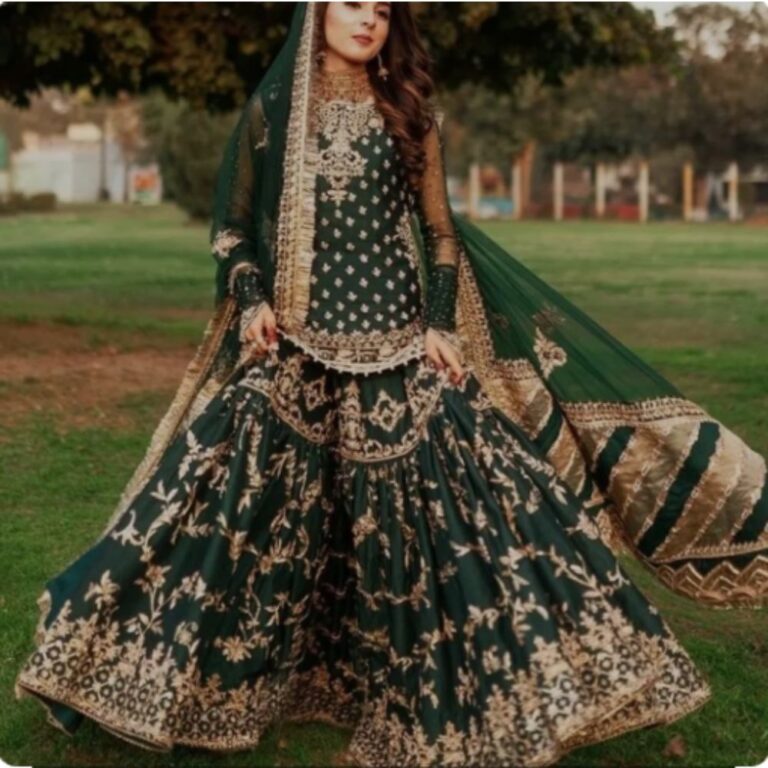Pakistani wedding dresses are renowned worldwide for their intricate craftsmanship, vibrant colors, and luxurious fabrics. The choice of fabric plays a pivotal role in defining the elegance, comfort, and overall appeal of bridal attire. In 2025, Pakistani bridal fashion continues to celebrate tradition while embracing innovation, with a variety of exquisite fabrics that make these wedding dresses truly unique. This guide explores the most popular fabrics used in Pakistani wedding dresses, highlighting their features, suitability, and why they remain favorites among brides.
Why Fabric Matters in Pakistani Bridal Dresses
Fabric is more than just a material; it sets the tone for the entire bridal look. It affects the dress’s drape, comfort, and ability to hold intricate embroidery and embellishments. Pakistani bridal dresses often feature heavy handwork such as zardozi, resham, pearls, and sequins, which require fabrics that can support such detailing without compromising on comfort.
Popular Fabrics Used in Pakistani Wedding Dresses in 2025
| Fabric | Description & Features | Best For |
|---|---|---|
| Silk | Luxurious, smooth, and lustrous; perfect for rich embroidery. | Bridal lehengas, anarkalis, sarees |
| Velvet | Thick, plush, and warm; ideal for winter weddings. | Winter bridal gowns, reception dresses |
| Chiffon | Lightweight, sheer, and flowy; adds romantic elegance. | Flowing gowns, dupattas, summer weddings |
| Jamawar | Heavy, richly woven with traditional motifs; highly ornate. | Shararas, ghararas, formal bridal wear |
| Net | Transparent with open weave; adds volume and layering. | Overlays, dupattas, gowns with embroidery |
| Organza | Crisp, sheer, and structured; perfect for layered looks. | Jackets, overlays, formal dresses |
| Raw Silk | Textured and elegant; holds embroidery beautifully. | Lehenga cholis, formal bridal wear |
| Georgette | Lightweight with a matte finish; flattering drape. | Party wear, lighter bridal suits |
Detailed Look at Each Fabric
Silk:
Silk remains a timeless choice for Pakistani bridal dresses due to its natural sheen and rich texture. It serves as an excellent base for heavy embroidery like zardozi and resham work. Silk lehengas and sarees are favored for their regal appearance and comfortable drape, making them ideal for grand wedding ceremonies.
Velvet:
Velvet’s plush texture and warmth make it the fabric of choice for winter weddings. Its dense pile enhances the vibrancy of embroidery and embellishments. Velvet bridal dresses exude luxury and are commonly seen in reception and evening wear.
Chiffon:
Chiffon is celebrated for its lightness and sheer quality, lending a romantic and ethereal feel to bridal gowns. It is perfect for flowing dupattas and summer wedding outfits. Designers often layer chiffon with embroidery or beadwork to create delicate yet striking ensembles.
Jamawar:
Jamawar is a traditional fabric known for its intricate weaving and rich patterns. It is heavier and often used in shararas, ghararas, and formal bridal wear. The fabric’s ornate motifs and vibrant colors add a royal touch to wedding attire.
Net:
Net fabric is widely used in Pakistani bridal fashion for its transparency and versatility. It is often layered over other fabrics to add volume and dimension. Net dupattas and overlays adorned with heavy embroidery or crystal work create a dreamy bridal look.
Organza:
Organza offers a crisp and structured appearance, making it ideal for layered outfits and jackets. Its sheer quality allows for creative styling, adding volume without weight. Organza is popular in contemporary bridal designs and reception dresses.
Raw Silk:
Raw silk is textured and slightly coarse, providing a unique base for embroidery. It holds shape well and adds a subtle sheen to bridal outfits. Raw silk lehengas and suits are appreciated for their elegant yet understated look.
Georgette:
Georgette is a lightweight fabric with a matte finish and a slightly crinkled texture. It drapes beautifully and is often used for party wear and lighter bridal suits. Its breathable nature makes it suitable for warmer climates.
Why These Fabrics Make Pakistani Wedding Dresses Unique
Pakistani bridal dresses stand out because of the harmonious blend of luxurious fabrics with meticulous hand embroidery and embellishments. The fabrics chosen not only support heavy adornments but also ensure comfort during long wedding ceremonies. The use of traditional fabrics like jamawar and raw silk preserves cultural heritage, while chiffon, net, and organza offer modern versatility.
Table: Fabric Suitability for Different Wedding Events
| Fabric | Best Occasion | Season | Style Notes |
|---|---|---|---|
| Silk | Main wedding ceremony (Barat) | All seasons | Heavy embroidery, regal look |
| Velvet | Reception, evening events | Winter | Warm, rich texture |
| Chiffon | Mehndi, summer weddings | Summer | Flowing, lightweight |
| Jamawar | Formal bridal wear | Fall/Winter | Traditional, ornate |
| Net | Dupattas, overlays | All seasons | Adds volume, delicate appearance |
| Organza | Reception, layered outfits | Spring/Summer | Structured, chic |
| Raw Silk | Wedding suits, formal wear | All seasons | Elegant, textured |
| Georgette | Party wear, casual bridal | Summer | Matte finish, breathable |
FAQs
Q1: Which fabric is best for a Pakistani bridal lehenga in 2025?
A1: Silk and raw silk are top choices for lehengas due to their luxurious feel and ability to hold heavy embroidery.
Q2: What fabric is suitable for summer Pakistani weddings?
A2: Lightweight fabrics like chiffon, georgette, and net are ideal for comfort and elegance in warmer weather.
Q3: Can velvet be worn in Pakistani weddings?
A3: Yes, velvet is perfect for winter weddings and evening receptions because of its warmth and rich texture.
Q4: What makes jamawar fabric special for bridal wear?
A4: Jamawar is prized for its intricate weaving and traditional motifs, adding a regal and ornate look to bridal outfits.
Q5: How do I choose the right fabric for my wedding dress?
A5: Consider the season, comfort, embroidery style, and the overall look you want. Consult with designers or bridal consultants for personalized advice.
Conclusion
The uniqueness of Pakistani wedding dresses in 2025 lies in the exquisite variety of fabrics used, each bringing its own texture, elegance, and cultural significance. From the luxurious sheen of silk to the delicate transparency of net, these fabrics form the foundation of stunning bridal ensembles that combine heritage with modern style. Understanding the characteristics of these fabrics helps brides make informed choices to look and feel their best on their special day.

